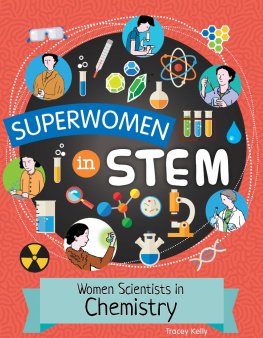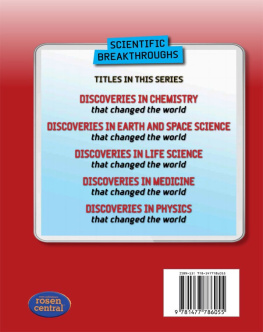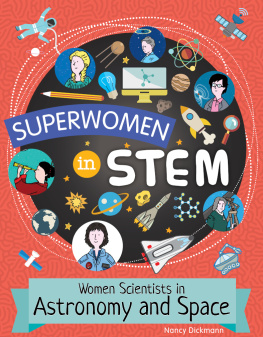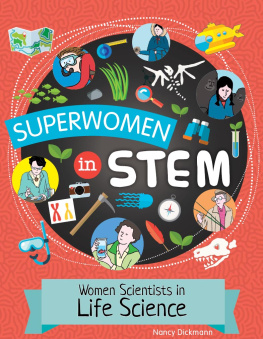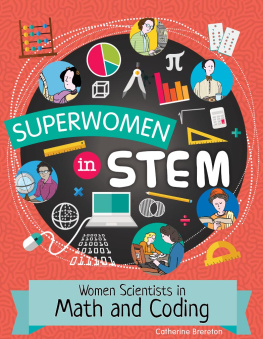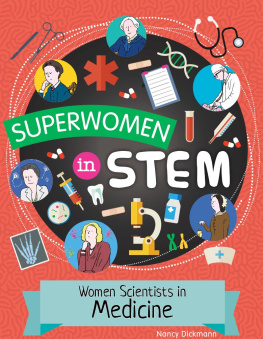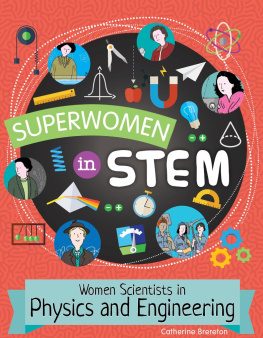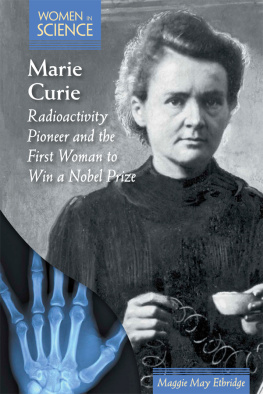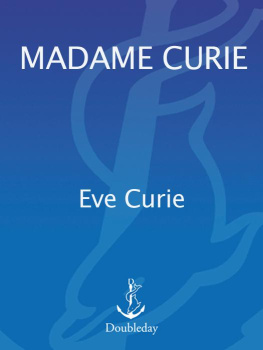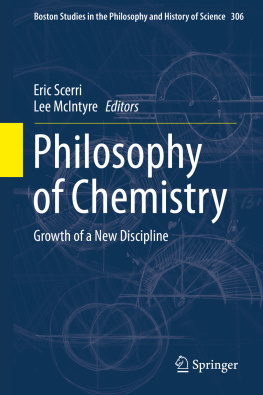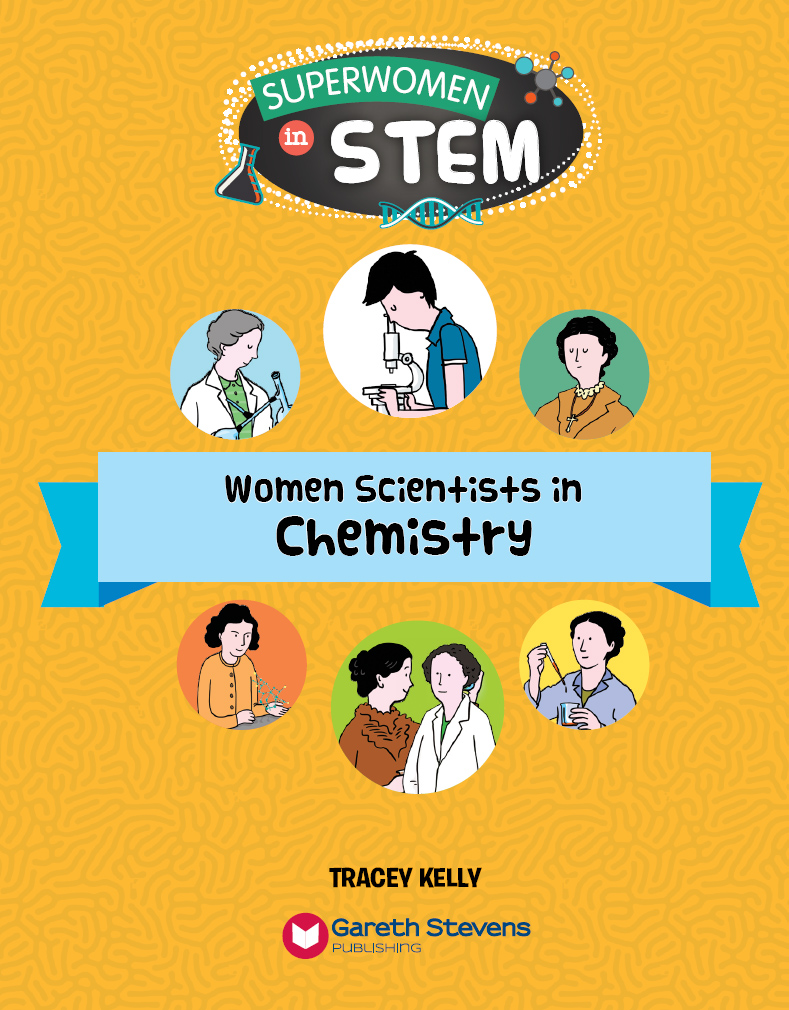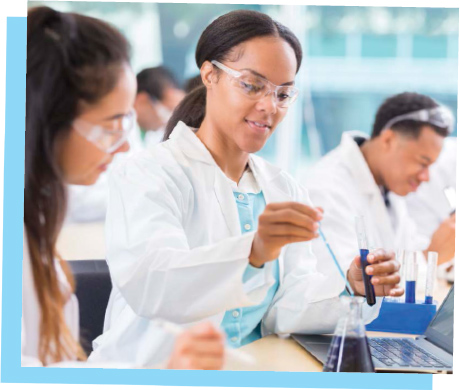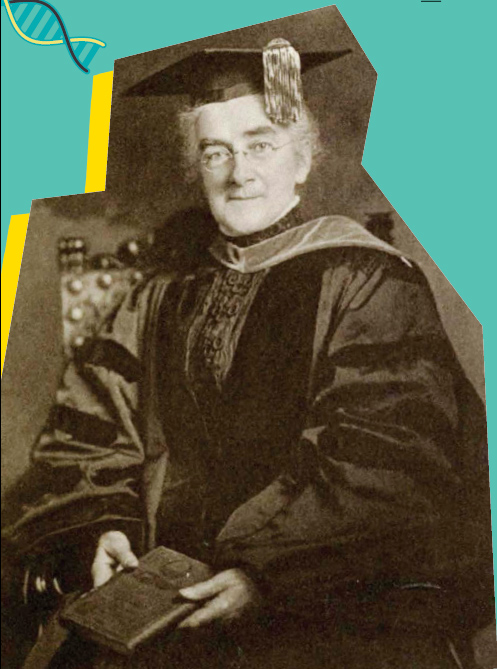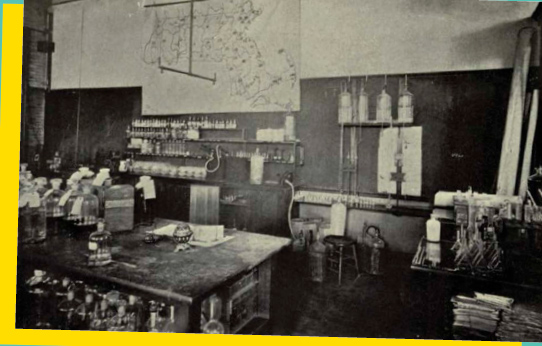Please visit our website, www.garethstevens.com.
For a free color catalog of all our high-quality books,
call toll-free 1-800-542-2595 or fax 1-877-542-2596.
Cataloging-in-Publication Data
Names: Kelly, Tracey.
Title: Women scientists in chemistry / Tracey Kelly.
Description: New York : Gareth Stevens Publishing, 2018. | Series: Superwomen in STEM | Includes index.
Identifiers: LCCN ISBN 9781538214732 (pbk.) | ISBN 9781538214053 (library bound) | ISBN 9781538214749 (6 pack)
Subjects: LCSH: Women chemists--Juvenile literature. | Women in science--Juvenile literature. | Women scientists--Juvenile literature.
Classification: LCC QD39.5 K455 2018 | DDC 540.9252--dc23
Published in 2018 by
Gareth Stevens Publishing
111 East 14th Street, Suite 349
New York, NY 10003
Copyright 2018 Brown Bear Books Ltd
For Brown Bear Books Ltd:
Text and Editor: Nancy Dickmann
Designer and Illustrator: Supriya Sahai
Editorial Director: Lindsey Lowe
Childrens Publisher: Anne ODaly
Design Manager: Keith Davis
Picture Manager: Sophie Mortimer
Concept development: Square and Circus / Brown Bear Books Ltd
Picture Credits: Cover: Illustrations of women: Supriya Sahai. All icons Shutterstock. Getty Images: Bettmann .
Character artwork Supriya Sahai
All other artwork Brown Bear Books Ltd
Brown Bear Books has made every attempt to contact the copyright holders.
If anyone has any information please contact licensing@brownbearbooks.co.uk
All rights reserved. No part of this book may be reproduced in any form without permission in writing from the copyright holder, except by a reviewer.
Manufactured in the United States of America
CPSIA compliance information: Batch #CW18GS. For further information contact Gareth Stevens, New York, New York at 1-800-542-2595.
Contents
Chemistry in Time
Ellen H. Swallow Richards
Agnes Pockels
Marie Curie and Irne Joliot-Curie
Rachel Fuller Brown
Dorothy Hodgkin
Rosalind Franklin
Timeline
Gallery
Science Now
Glossary
Further Resources
Index
Chemistry in Time
From the early days of humankind, people have studied the way substances behave. The science of modern chemistry comes from the medieval practice of alchemy.
A lchemists working in Europe in the Middle Ages believed that matter could be transformed into another substance. They tried to turn common metals into gold. The experiments did not work. But although alchemy was based partly on magic, the idea of working with matter paved the way for the field of chemistry.
An alchemist studies ways to turn common elements into gold during the Middle Ages.
More women than ever before are choosing careers in chemistry.
Chemists study the substances and processes that make up everything in the world and life itself. They look at the way matter is made up of molecules and the tiniest particles. They study how substances react to and combine with each other. Fields of chemistry focus on different things, such as medicine or the environment.
MAKING THEIR MARK
Since the mid-1800s, women have made exciting advances in chemistry. Marie Curie and her daughter worked with radioactive elements, and Rosalind Franklin helped to uncover the structure of DNA. But women often had to fight hard to follow their dream. Many were the first women to attend universities. These trailblazing women became leaders in their scientific fields. They overcame prejudice to make the world a better place through hard work and creative thinking. These superwomen continue to inspire new generations of women scientists.
Ellen H. Swallow Richards
 American chemist Ellen H. Swallows Richards pioneered the fields of water quality standards and home economics.
American chemist Ellen H. Swallows Richards pioneered the fields of water quality standards and home economics.
E llen H. Swallow Richards was born on December 3, 1842, in Dunstable, Massachusetts. She was homeschooled by her parents, who were teachers. Ellens family was poor, so she had to teach school and clean houses to earn enough money to attend college. By 1868, she had saved enough money to attend Vassar College in Poughkeepsie, New York. After graduation, Ellen tried to get a job as a chemistry apprentice, but all her applications were turned down.
You cannot make women contented with cooking and cleaning, and you need not try.
BREAKING DoWN BARRIERS
Ellen was determined to take her studies in chemistry further. In 1871, she was admitted to the Massachusetts Institute of Technology (MIT). This was an all-men school at that time. Ellen became the first woman in the United States to be accepted at a scientific college. At MIT, she earned her second bachelors degree and wrote a paper on her analysis of iron ore.
MIT would not let her study for a doctorate degree they had not even granted a PhD to a man yet. But Ellen would not give up her work. In 1876, she established the Womens Laboratory at MIT, where she worked as an unpaid instructor, Ellen taught subjects such as chemical analysis, mineralogy, and industrial chemistry.
In 1875, Ellen had married Robert Hallowell Richards. He was the head of MITs mining engineering department.
Ellen Swallows Richards was the first woman to earn a science degree at a US college. As a professor, she trained many women chemists.
In the late 1800s, women usually stopped working when they got married. But when Ellen married Robert, he supported her. He donated $1,000 a year to the Womens Laboratory.
SANITaRY ENGIneERinG
In 1883, MIT opened the first laboratory of sanitary chemistry in the United States. Ellen became assistant chemist. She researched sewage treatment and analyzed around 40,000 samples. Praised for the accuracy of her work, she became an instructor for MITs sanitary engineering program in 1890.
Ellen and her team carried out a huge survey of the water quality of Massachusetts inland waters. The waters were polluted with sewage and industrial waste from nearby cities.
MITs first laboratory of sanitary chemistry was set up in 1883.
The quality of life depends upon the ability of society to teach its members how to live in harmony with their environment.
This groundbreaking work led to the nations first modern sewage treatment plant, in Lowell, Massachusetts. It set a precedent for water quality standards throughout the United States. Ellen became a water analyst for the State Board of Health in 1887.
HOME eCoNOMICS

